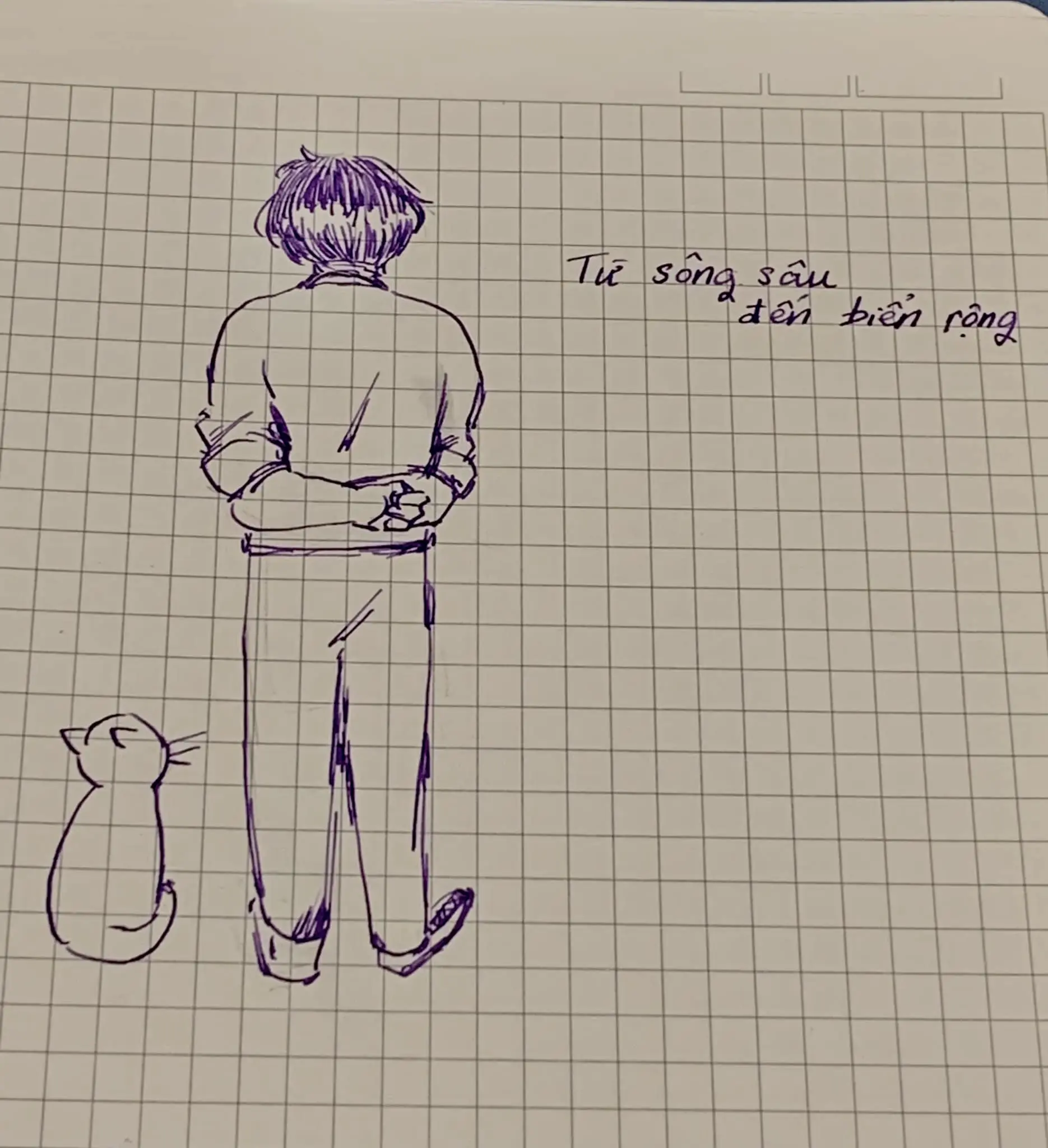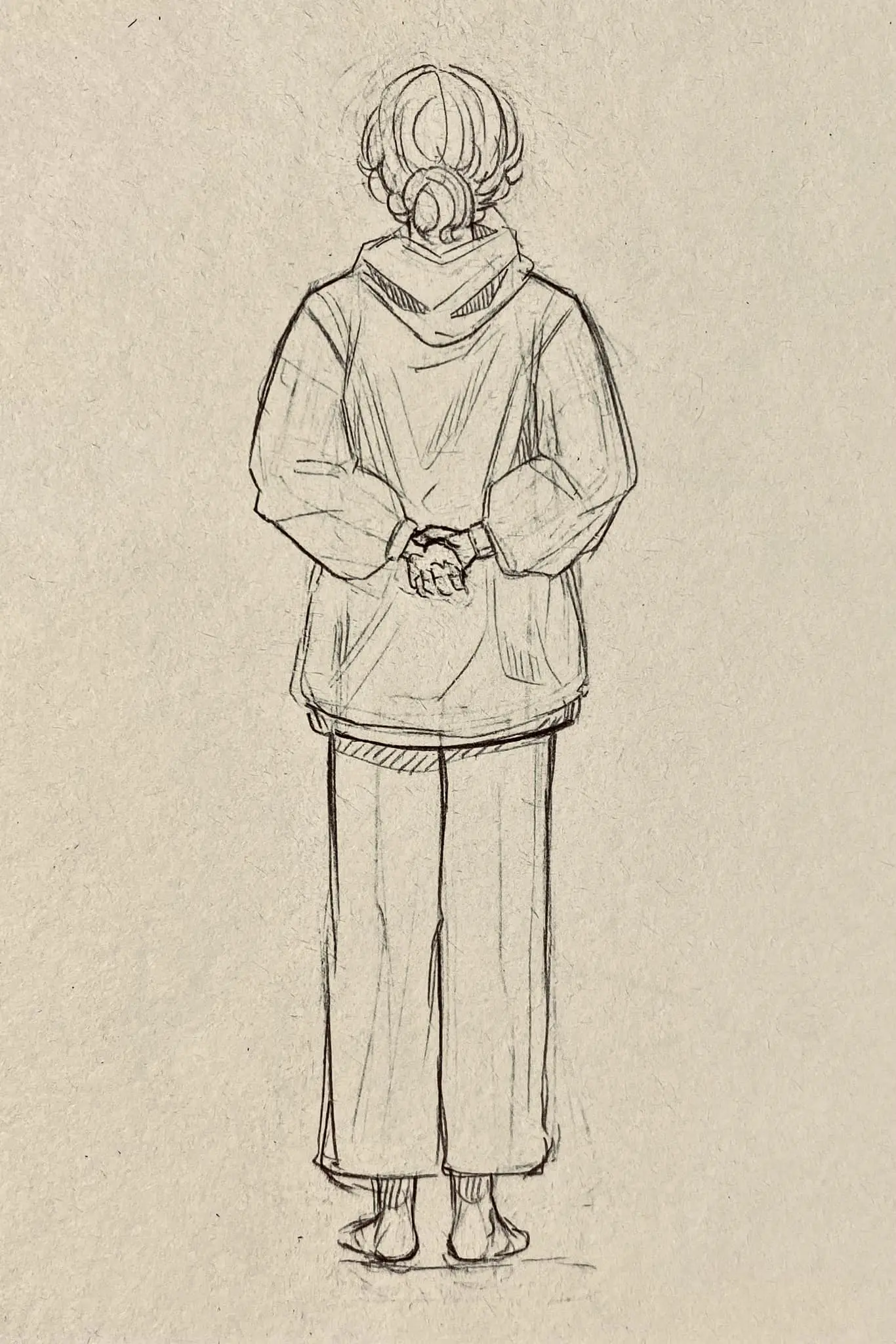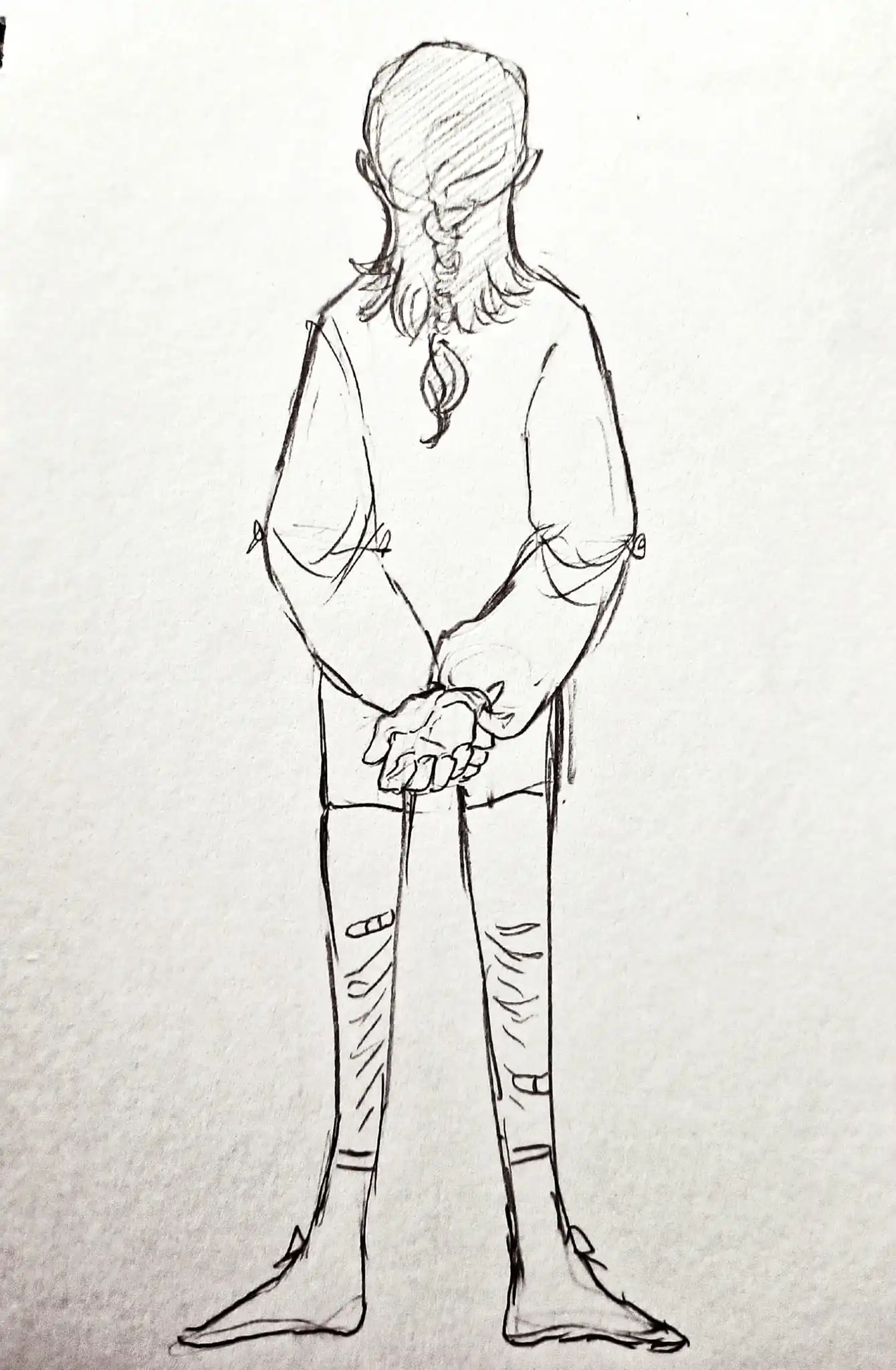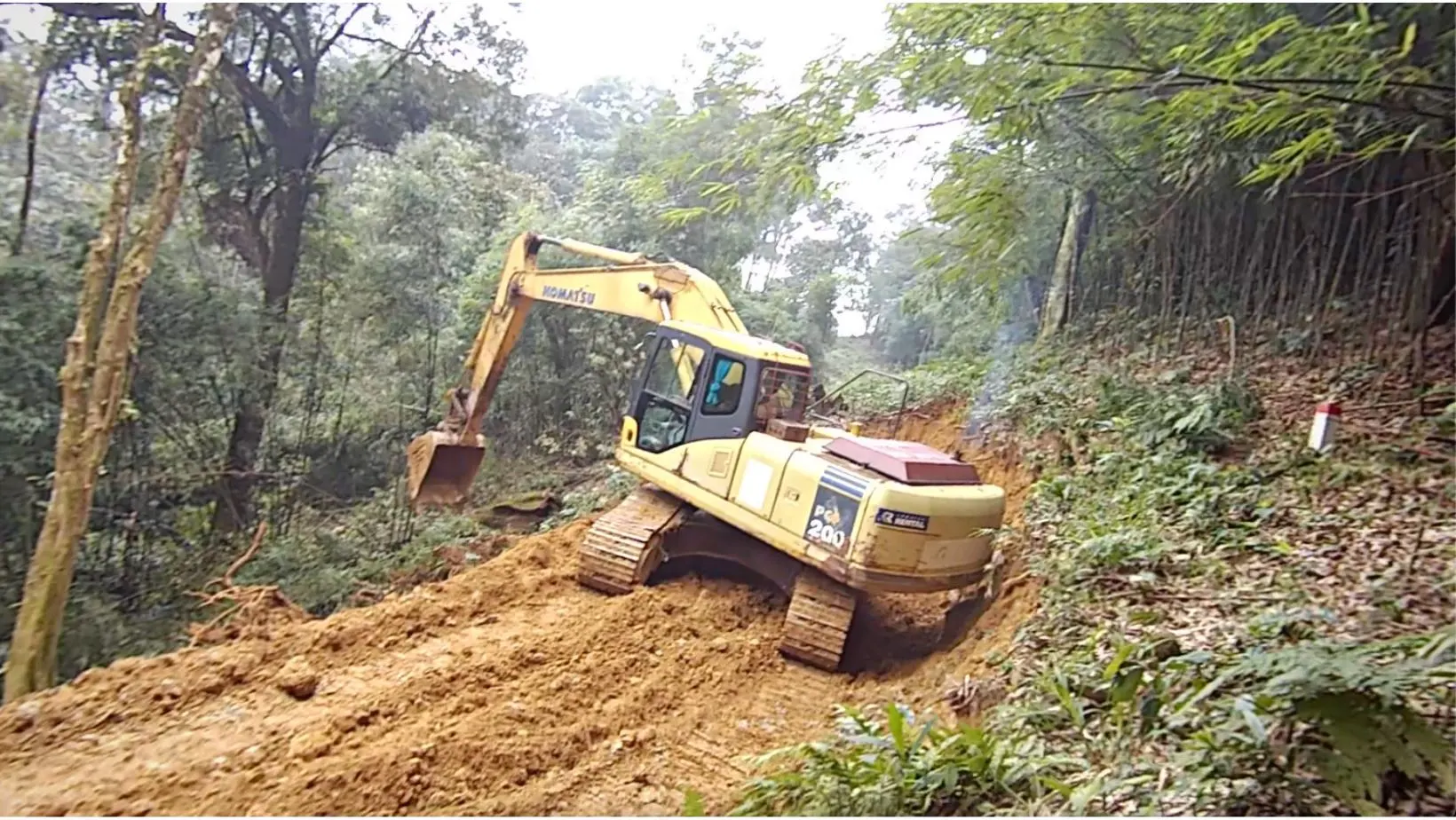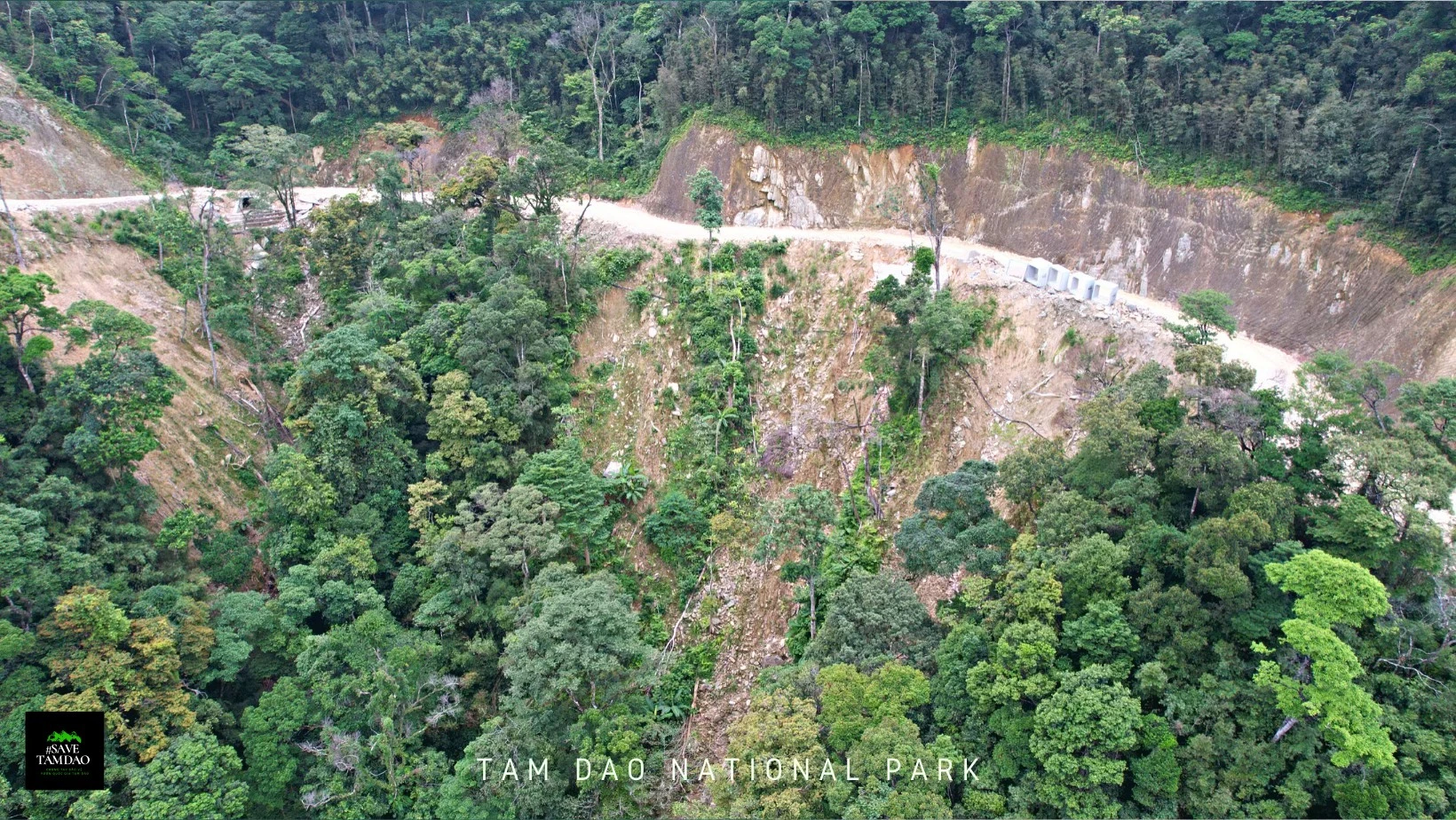More than 15 years since Vietnam attracted the first billion-dollar high-tech project, the prospect of the domestic industry taking off with "eagle" investors of negotiators like Mr. Pham Chanh Live is still not successful.
In any office in the world, for every three computers in operation, at least one has a "brain" - CPU, shipped from Ho Chi Minh City. That is the result after more than 17 years of investment by Intel - the first high-tech corporation in the world, choosing Vietnam for a billion-dollar project.
The American chipmaker accounts for about 70% of the global computer CPU market share. The factory in Ho Chi Minh City High-Tech Park (SHTP) is assembling, testing and packaging more than half of Intel's total chips.
"Inviting Intel is an important milestone in the process of attracting FDI investment," admitted Mr. Pham Chanh Truc, former Deputy Secretary of the Ho Chi Minh City Party Committee, Head of SHTP's first Management Board. Mr. Truc played a key role in the negotiations that lasted more than two years to bring the American semiconductor corporation into Vietnam.
After Intel, many global technology brands such as Samsung and LG also set up billion-dollar factories in Vietnam, along with a series of assembly units of Dell and Apple. From clothes to shoes, the phrase "made in Vietnam" began to appear on TVs, smartphones, smart watches, and semiconductor chips consumed globally.
Electrical and electronic equipment today has become the most important product, accounting for nearly half of Vietnam's total export value with a turnover of 155 billion USD, an increase of 5 times after 10 years. Vietnam is in the top 10 countries providing the largest electrical and electronic equipment to the world. But the billions of dollars invested by these corporations give Vietnam a new image on the trade map but cannot pull the economy up the value ladder.
"Vietnam still specializes in assembling parts and simple machining, while specialized components and equipment have not made any progress" is the conclusion about the electronics industry in the first and only industrial White Paper to date. At this time, announced by the Ministry of Industry and Trade in 2019.
That is not the result that the creators of the platform that attracts technology investors like Mr. Truc are aiming for.
"The high-tech park or any investor is just the initial nucleus. The final destination must be the spillover effect to the outside for our own industry to develop," he said.
Clean up the nest to welcome the "eagle"
After Doi Moi, Ho Chi Minh City was the place to establish the country's first export processing zone - Tan Thuan, located south of Saigon in 1991. The model was learned from Taiwan, taking advantage of tax and customs incentives to collect revenue. Attract foreign businesses to set up processing and export factories. The first investors to come to Tan Thuan were mostly related to the textile and garment and footwear sectors - the manufacturing industry that represented the beginning of industrialization.
But the city and central leaders both realized that since integration was late, they had to find a way to develop quickly and could not stick around traditional industries.
"We must upgrade the export processing zone to access the world's advanced technologies," Mr. Pham Chanh Truc (then holding the position of Vice Chairman of the City People's Committee, in charge of foreign economic relations) recalled concluding in a meeting. between Ho Chi Minh City leaders and Chairman of the State Committee for Cooperation and Investment Dau Ngoc Xuan.
That is the premise for SHTP. Mr. Truc was also in charge of the research team that realized this idea in 1992. It took 10 years for SHTP to be officially established, becoming the first high-tech park in the country in 2002.
At that time, Mr. Truc was 62 years old, working as Deputy Head of the Central Economic Commission and preparing to retire. But when he was asked by the City Party Committee leader to become Head of the SHTP Management Board, he immediately agreed, temporarily shelving his retirement plan.
"This position is only equivalent to a department director, but I did not compare the position and accepted it immediately because I wanted to complete the unfinished project," he said.
Mr. Truc discussed with Mr. Xuan that if SHTP invites an investor on the list of the 500 largest American companies (Fortune 500), it will be a big boost for Ho Chi Minh City and the whole country.
The first name targeted was HP, because the person in charge of expanding the American computer company's production activities at that time was an overseas Vietnamese - an advantage for the city. However, this person's sudden death left the plan for HP to invest in SHTP unfinished.
After contacting a few more companies, the city was determined to attract Intel when it learned that America's largest chip manufacturing corporation was looking for a location to build a new assembly and testing plant in Asia. Vietnam is on the selection list.
In 2003, Deputy Prime Minister Vu Khoan led a Vietnamese delegation to Intel's headquarters in the US, carrying a letter from Prime Minister Phan Van Khai inviting this group to invest, introducing two locations including Hoa Lac Hi-Tech Park. (Hanoi) and SHTP.
In the next two years, Intel divided many delegations to Ho Chi Minh City to learn about infrastructure conditions, logistics, transportation, human resources, and preferential policies.
"The city has never met an investor who sets as many detailed and strict conditions as Intel," Mr. Truc said. The negotiations therefore "had to resolve many unprecedented requests", and there were company leaders speaking from the US, so the meeting ended late at night.
Once discussing electricity prices, Mr. Truc called directly to ask for the Government's opinion through Deputy Prime Minister Nguyen Tan Dung - the person in charge of directing negotiations at that time. With the "green light", he agreed on preferential terms with Intel.
"If I don't break the rules and send a document to EVN and the ministries to ask for opinions and then wait for the Government to conclude according to the process, I don't know when I will respond to them. Not every request can be met by the city." right away, but my commitment makes them feel confident," said the former Head of SHTP.
On the occasion of Prime Minister Phan Van Khai's visit to the US in 2005, the negotiating team also went to Intel headquarters in California to discuss directly with the group's leaders. But when he arrived, Mr. Truc received news that the Chairman of Intel was in Washington D.C.
"We saw that and immediately flew to the US capital and invited the president to the Vietnamese embassy to discuss," Mr. Truc said.
It was at this meeting that Intel's top leadership confirmed that it would build a 600 million USD factory in Ho Chi Minh City, and then increase the investment to 1 billion USD when receiving the license a year later.
Fragile link
Three years after the factory's groundbreaking date, Intel shipped the first "made in Vietnam" chips in 2010. At that time, there was no domestic company capable of being a partner of the American corporation.
Today, the factory has more than 100 Vietnamese businesses in its supplier network, according to Mr. Kim Huat Ooi, Vice President of Production, Supply Chain and Operations and General Director of Intel Products Vietnam.
However, the above progress in "quantity" does not go hand in hand with "quality". After 13 years, there is still no Vietnamese enterprise that can provide direct materials for the chip assembly and packaging process such as substrate, capacitors, current flux, solder resin or glue. Neither does Intel's equipment or machinery.
The playground of domestic companies is still outside the direct production line of the semiconductor corporation. These are indirect inputs such as conveyor belts, tables and chairs, fixtures or transportation services, personnel, and security.
That is, although Vietnam is where more than half of Intel's products are manufactured, the domestic manufacturing industry has never provided any essential inputs for chips. Domestic businesses still cannot fly high with the "eagle".
Samsung is another example showing Vietnam's position in the global value chain. More than half of this brand's smartphones sold are shipped from factories in Bac Ninh and Thai Nguyen.
Every year, the Korean corporation publicly discloses its important suppliers, accounting for 80% of its purchasing value. 26 key Samsung suppliers are operating in Vietnam, according to last year's list. Among them, 22 are Korean, 2 Japanese, 2 Chinese, and 0 Vietnamese companies.
In the global value chain, the forward linkage ratio represents the ability of one country to provide input parts for another country's businesses to create final products. On the contrary, backward linkage shows a country's dependence on raw materials and components imported from abroad for production.
Vietnam currently has a lower forward linkage rate than many Southeast Asian countries, and it is continuing to decrease. Meanwhile, the reverse link gradually increases, showing an increasing dependence on imports to assemble finished products.
"It is almost difficult for FDI corporations to take root in Vietnam when the link with the domestic economy is very fragile," said Chairman of the Board of Directors and General Director of Vietnam Investment Promotion and Cooperation Joint Stock Company Nguyen. Dinh Nam evaluated. Vietnam's role with foreign businesses is still mainly providing labor and capital associated with low-cost positioning.
Sharing the same opinion, Dr. Phan Huu Thang, former Director of Foreign Investment Department, Ministry of Planning and Investment, said that FDI attraction policy has long set the goal of accessing and learning core technology from industrialized countries. leading industry. But after more than 3 decades, the goal of technology transfer has still not been achieved effectively, the main reason being the lack of connection between foreign and domestic enterprises.
Meanwhile, investors themselves also want to increase the localization rate to reduce costs compared to imports, according to Chief Representative of the Japan External Trade Organization (JETRO) in Ho Chi Minh City Matsumoto Nobuyuki.
Mr. Nobuyuki is often asked by many Japanese corporations to "matchmaker" Vietnamese businesses to have more domestic suppliers, especially for important parts. "But very few companies meet the standards of Japanese businesses," he said.
About 97% of domestic enterprises are small and medium sized, with most capital and management capacity limited. Meanwhile, becoming a supply partner of world-class manufacturers requires large investments in technology.
"The above barrier causes most Vietnamese businesses to still stand outside the supply chain of high-tech corporations," a group of experts from the Fulbright School of Public Policy and Management once pointed out in the investment summary report of Intel in Vietnam, announced in 2016.
Large corporations, when investing in Vietnam, therefore bring in existing supplier networks from abroad, then seek and support training for domestic businesses to participate in the supply chain. But not every company has enough resources.
Earlier this year, CEO Nguyen Dinh Nam's customer - a German enterprise manufacturing medical equipment, announced that it would choose Indonesia instead of Vietnam as originally planned to build a factory.
"They went from North to South but couldn't find a supplier of chips and microchips for their devices, so they had to give up, even though they assessed Vietnam's preferential policies as very good," Mr. Nam said.
Bottom of the curve
When Intel agreed to invest 17 years ago, some senior leaders asked the US corporation to deploy more research and development (R&D) activities in Vietnam. But Mr. Pham Chanh Truc knows that is almost impossible. "No one easily brings their core technology to the outside for fear of being copied," he said.
Reality has proven that up to now, only Samsung and LG are two high-tech FDI corporations opening large-scale R&D centers in Vietnam.
The life cycle of a technology product starts from R&D, then proceeds to purchasing parts, complete assembly, distribution, branding, sales and after-sales. These activities lie on a parabolic line from left to right according to the corresponding added value.
This is called the "smiling curve" - a concept first introduced by Acer computer company founder Stan Shih in 1992 to describe the value chain. In particular, assembly is at the bottom of the curve - meaning the lowest added value, which is also the step that most factories of technology corporations in Vietnam are performing.
For example, with a high-end Samsung smartphone, the assembly and testing stages performed in Vietnam only account for 5% of the production cost, according to results from TechInsights, a technology research company based in Canada. 2020 analysis.
"Every country wants to undertake high-value processes, but multinational corporations will allocate activities appropriate to each country's capacity," said Mr. Do Thien Anh Tuan, co-author of the research on operations. Fulbright's Intel operation in Vietnam acknowledged.
In the chip industry, after design, the production process takes place in two types of factories: manufacturing (Fab) and assembly, testing, packaging (ATM). Intel has 5 manufacturing plants in the US, Ireland, Israel and 4 packaging plants in Costa Rica, China, Malaysia, and Vietnam.
Mr. Kim Huat Ooi said the group's plan is to continue focusing on assembly and testing at the facility in Ho Chi Minh City. Accounting for the largest output among ATM factories, Vietnam plays an important role in the company's production process.
However, Malaysia is the first place outside the US that Intel has chosen to deploy its most advanced 3D chip packaging technology. Unlike Vietnam, Malaysia has a complete semiconductor manufacturing ecosystem with domestic businesses taking care of all stages from design, manufacturing to chip assembly and testing.
In addition to Malaysia, Singapore also has chip manufacturing factories. These two countries, along with Thailand and the Philippines, rank above Vietnam in ECI - an index showing the ability to produce complex products, calculated by Harvard University. Despite being one of the fastest-growing countries in the past 20 years, Vietnam only ranks 61/133 in the world on this index, higher than Indonesia, Laos and Cambodia in Southeast Asia.
Although Vietnam is the most attractive destination for Japanese businesses that want to implement the "China + 1" strategy to diversify production bases outside the world's most populous country, it still only attracts assembly section.
"If we want to move up the ladder, Vietnam should forget low-productivity jobs and focus on added value," Mr. Nobyuki said.
This recommendation is not new, but is increasingly urgent when the advantage of labor - the main attractive force for assembly and processing activities - is declining along with the fastest population aging rate in the region. The peak of the golden population period has passed, and the number of Vietnamese workers will begin to decline in the next 15 years, according to forecast models of the United Nations Population Fund.
According to Mr. Do Thien Anh Tuan, Vietnamese labor productivity is still slow to improve, lagging behind ASEAN countries, and wages continue to increase, making the actual labor costs associated with productivity not cheap. "Investing in people and science and technology to move up the value chain must therefore be the number one priority," he said.
More than 30 years since he sketched the first ideas of a high-tech park, Mr. Pham Chanh Truc has still not seen an advanced manufacturing industry as expected.
"We already have a few high-tech enterprises, but there are too few, most still assemble. If we keep going at the current pace, how will we achieve the goal of becoming a rich country?" Mr. Truc wondered.
Content: Viet Duc
Graphics: Hoang Khanh - Thanh Ha



